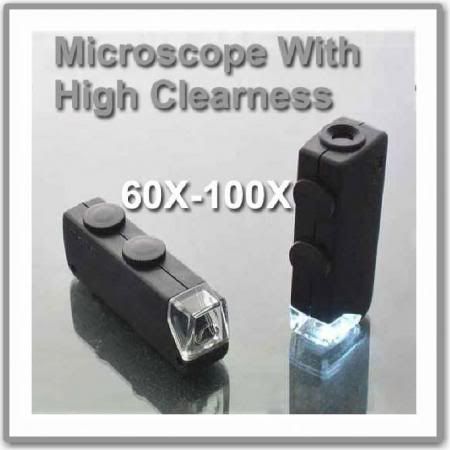Hi all,I am looking for advice on which microscope is the best for analyzing sharpness. Intent: observe plane blades and chisels after individual/successive sharpenings on various media. I.e. Oil stones, waterstones, Arkansas, ceramic, strop, etc.I don't think I can afford an electron microscope. Who knows, maybe the prices have come down over the years. Maybe there's an electron microscope app for my iPad......Any advice on an affordable microscope that will allow me to make meaningful observations would be appreciated.Thanks,Dan





 Reply With Quote
Reply With Quote ), but a lot of us have fooled around with it out of curiosity. I did it to try to find out how fine my natural stones were, many of which people described as being much finer than any synthetic hone, when in the end out of 10, 8 were different and less sharp, and two are sharper. They are both stones designated as razor stones from mines and would be difficult to use effectively woodworking.
), but a lot of us have fooled around with it out of curiosity. I did it to try to find out how fine my natural stones were, many of which people described as being much finer than any synthetic hone, when in the end out of 10, 8 were different and less sharp, and two are sharper. They are both stones designated as razor stones from mines and would be difficult to use effectively woodworking. search ebay for "microscope loupe" but these are not so easy to use having a short depth of field and reversing the image, most Japanese woodworkers use them though. 30x is best for these.
search ebay for "microscope loupe" but these are not so easy to use having a short depth of field and reversing the image, most Japanese woodworkers use them though. 30x is best for these.







